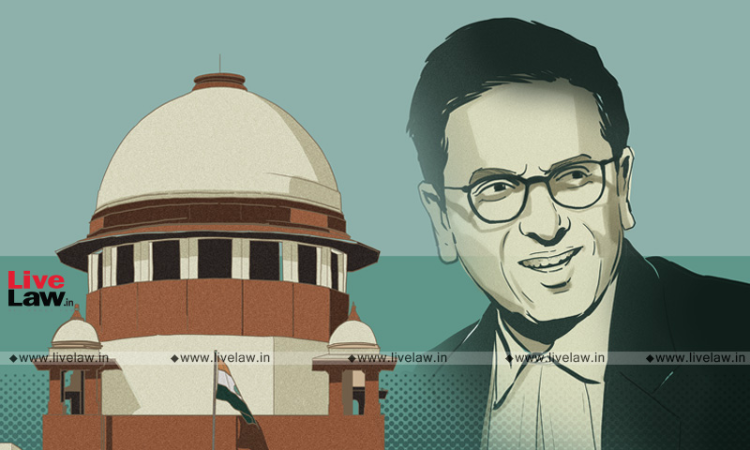Supreme Court Of India Has Truly Become A National Court Because Of Virtual Hearings: Justice DY Chandrachud
Mehal Jain
11 Sept 2021 6:58 PM IST

Next Story
11 Sept 2021 6:58 PM IST
"I do believe that the Supreme Court of India has truly become a national court in terms of the lawyers who appeared before us. Because day in and day out, we find lawyers from across the country, shedding their inhibitions of having to appear before the highest court and coming to us fully prepared and putting forth a client's viewpoint with a great sense of objectivity. I think we have...
